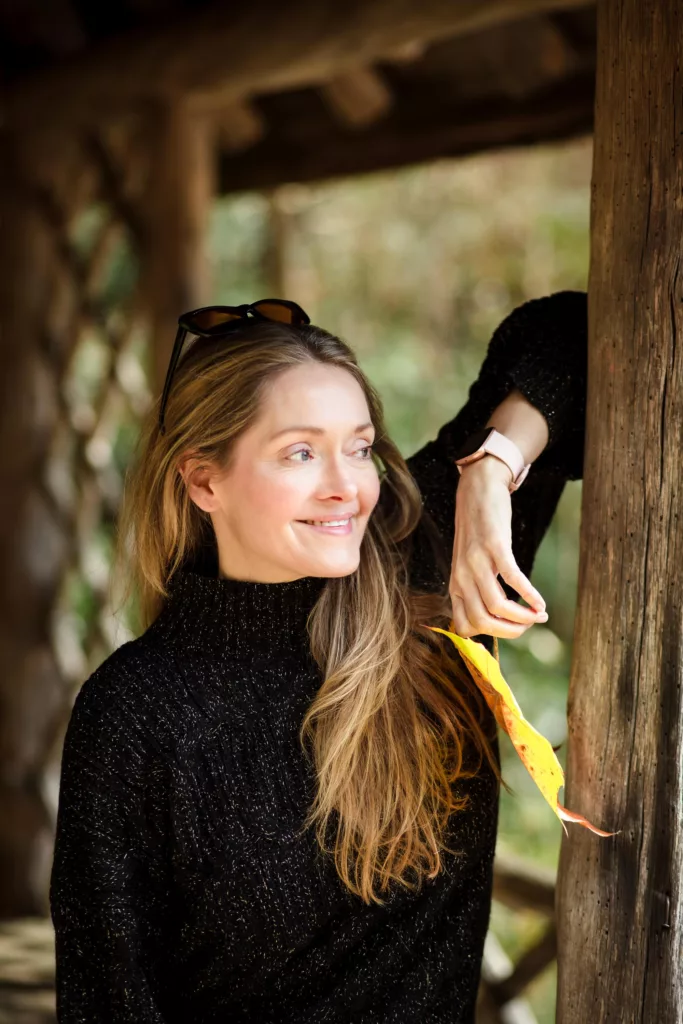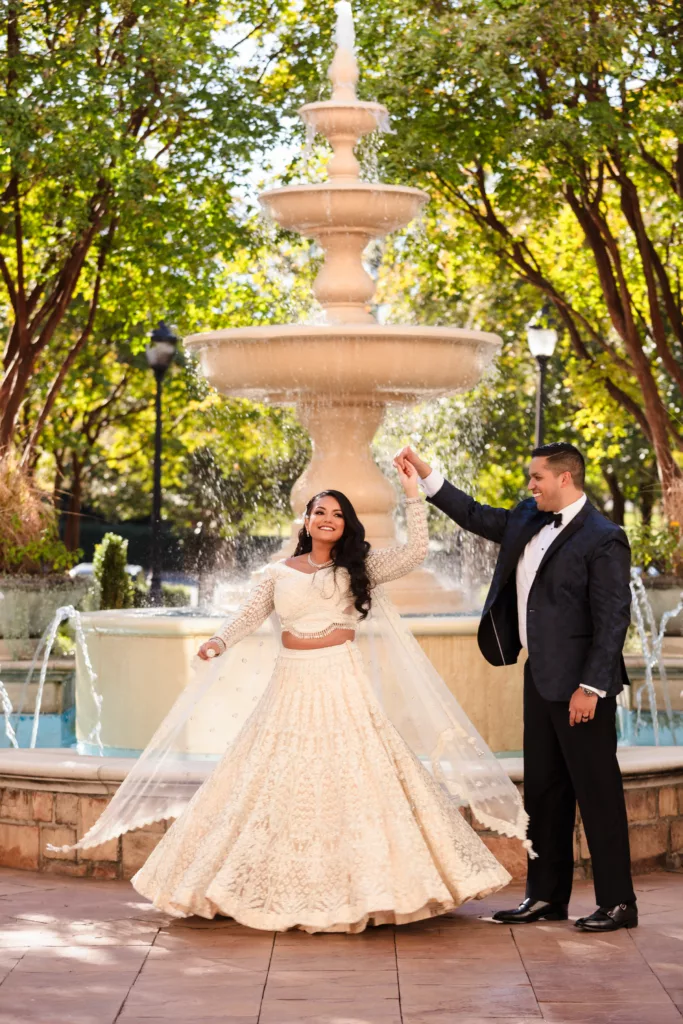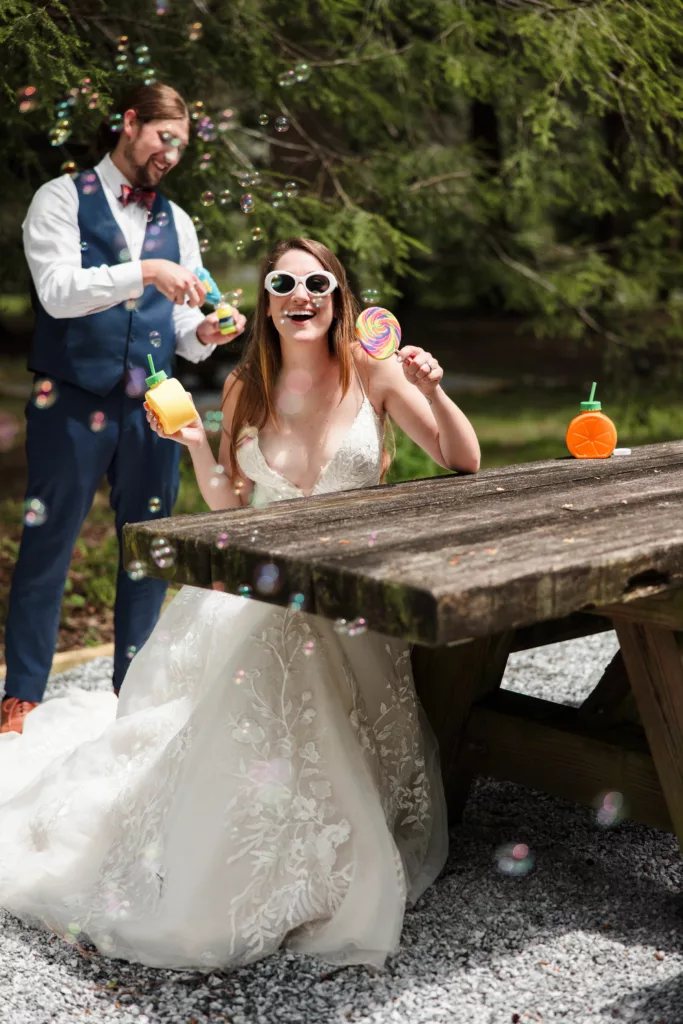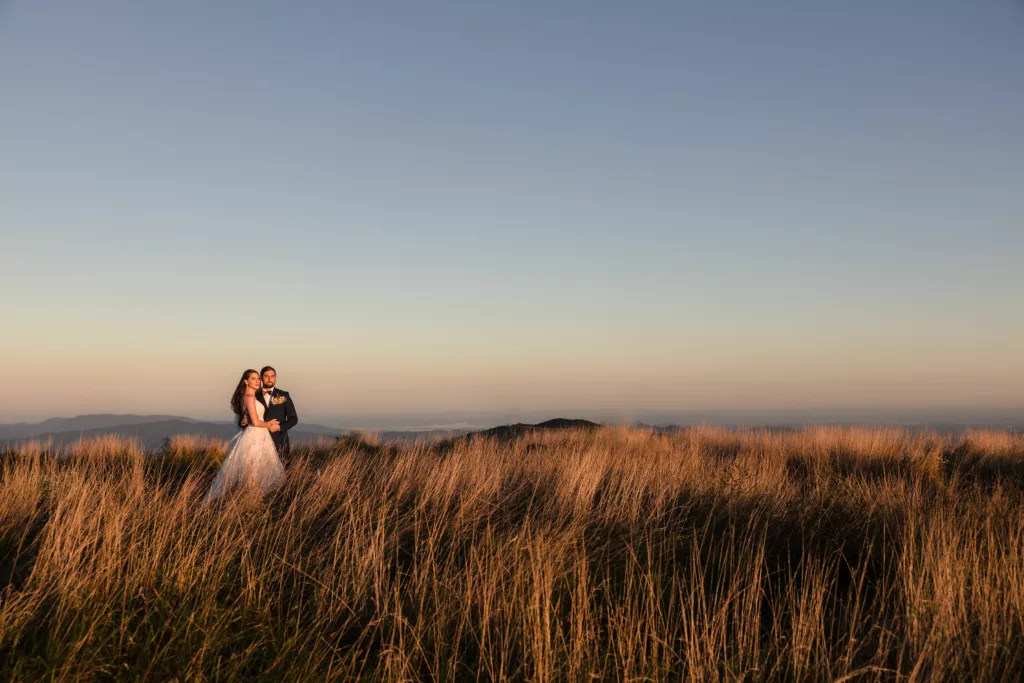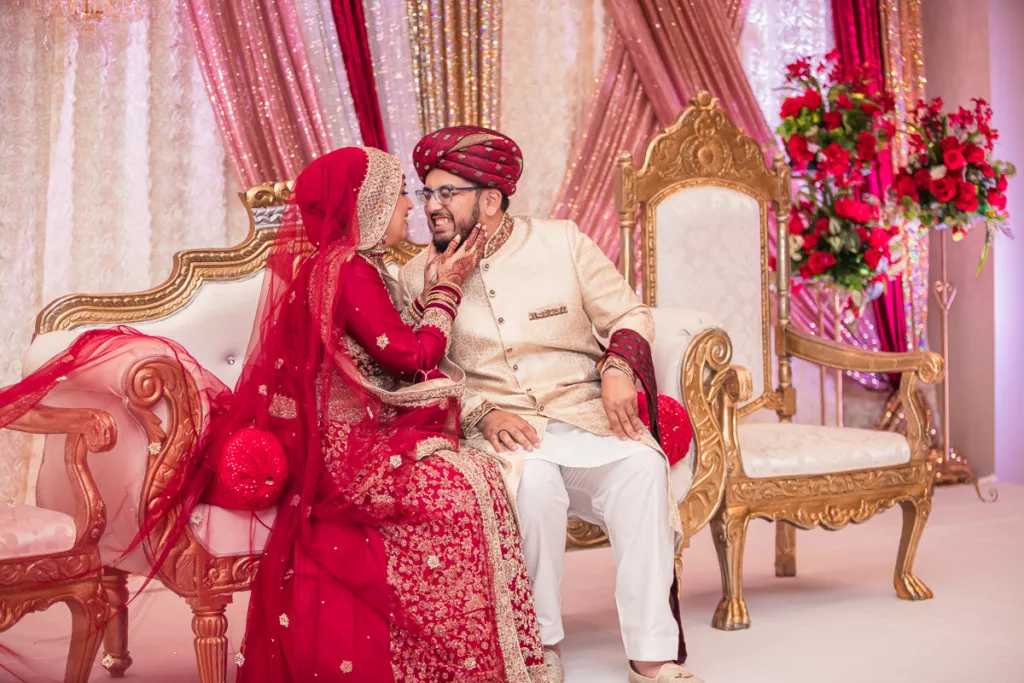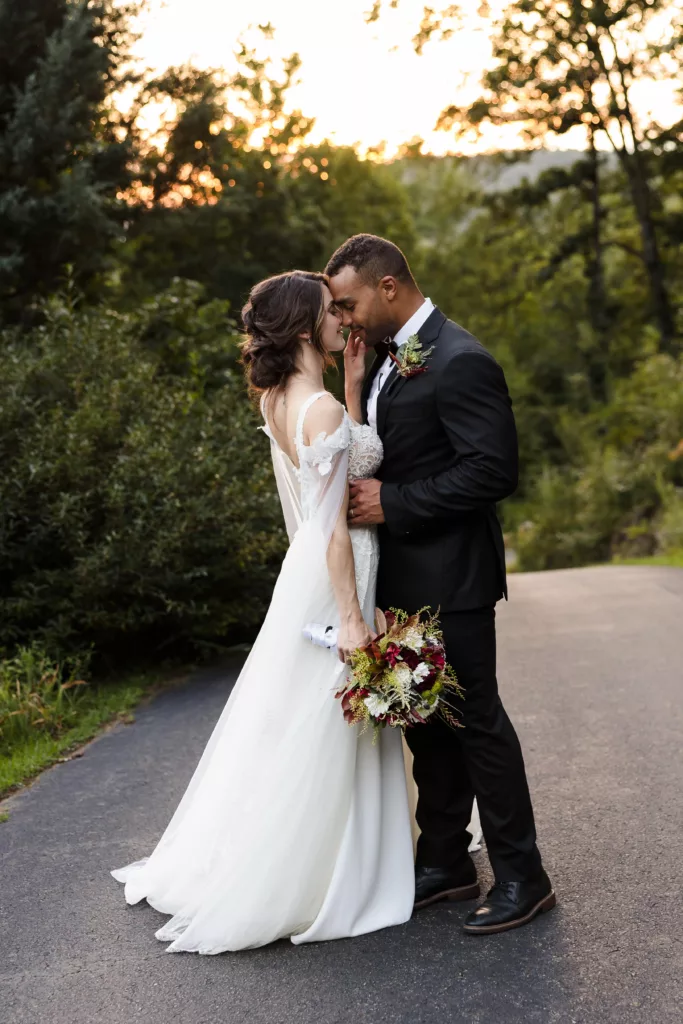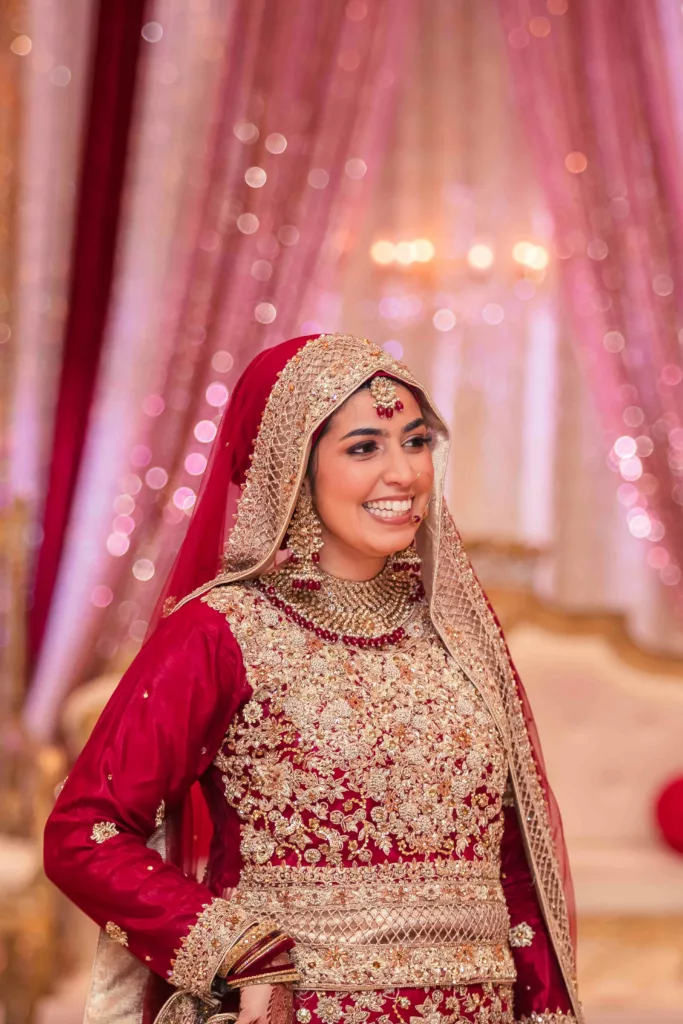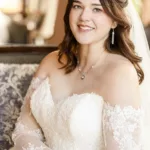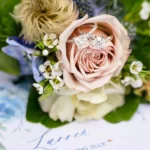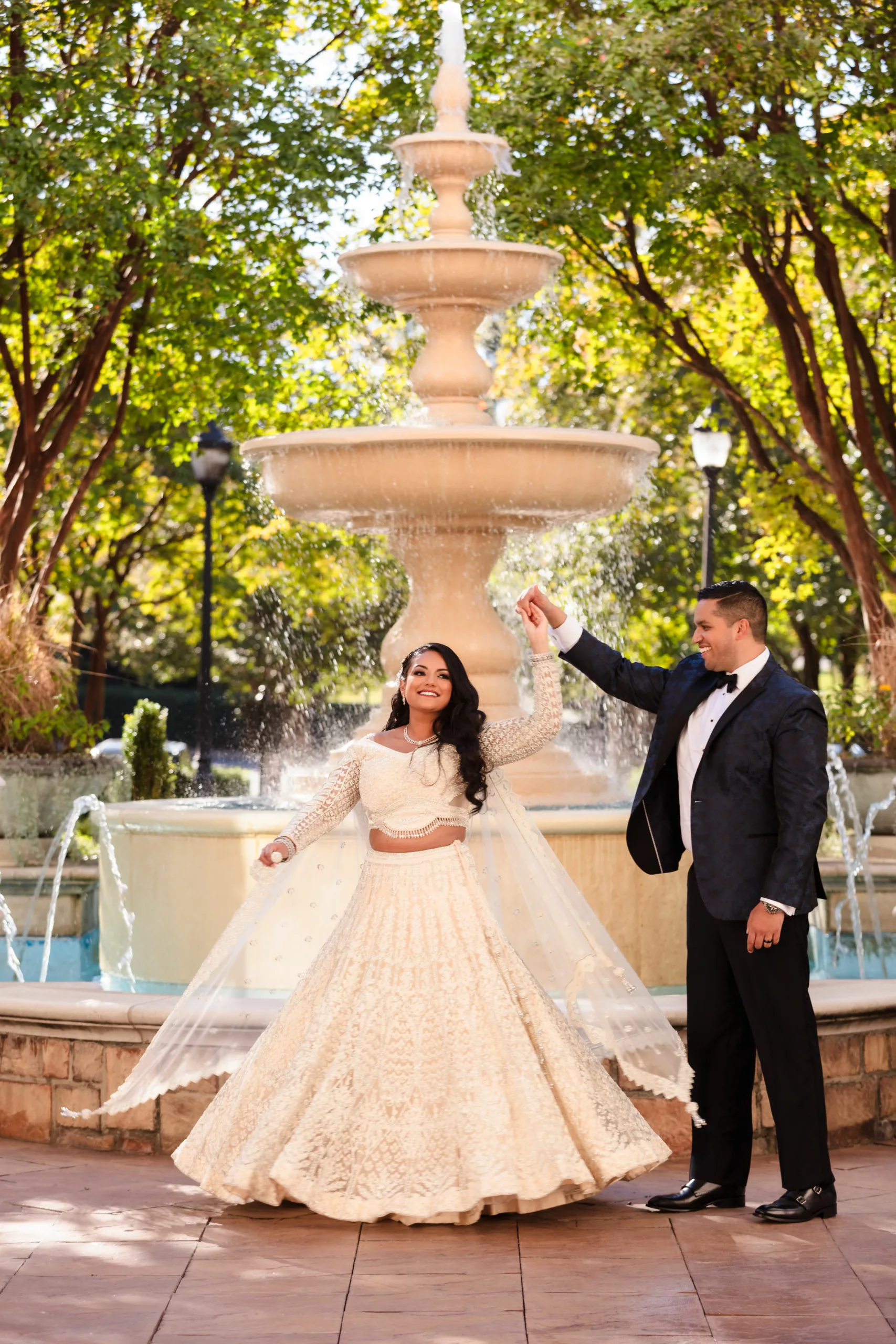
Let’s go through the details and find out!
Your wedding day is one of the most significant events of your life, filled with cherished moments you’ll want to remember forever. So, how much time do you really need for photography?
While there is no “one size fits all” and at Natasha Dale Photography we love to create custom timelines for our clients, we have found that there is a common misconception when couples start looking into photography and trying to see how many hours they need.
Hey, we get it, you’ve not planned a wedding before, why would you know how many hours of photography you’ll need?
A common misconception is “Our ceremony is at 4 p.m. and our party ends at 10 p.m. therefore, we need 6 hours!
It’s easy to overlook the intricacies of the day’s timeline, from the ceremony and formal portraits to the cocktail hour and reception festivities.
By working closely with your photographer and discussing your schedule in advance, you can ensure that you allocate enough time for photography without feeling rushed or overwhelmed
So what’s too little and what’s too much? We’ll break it down.
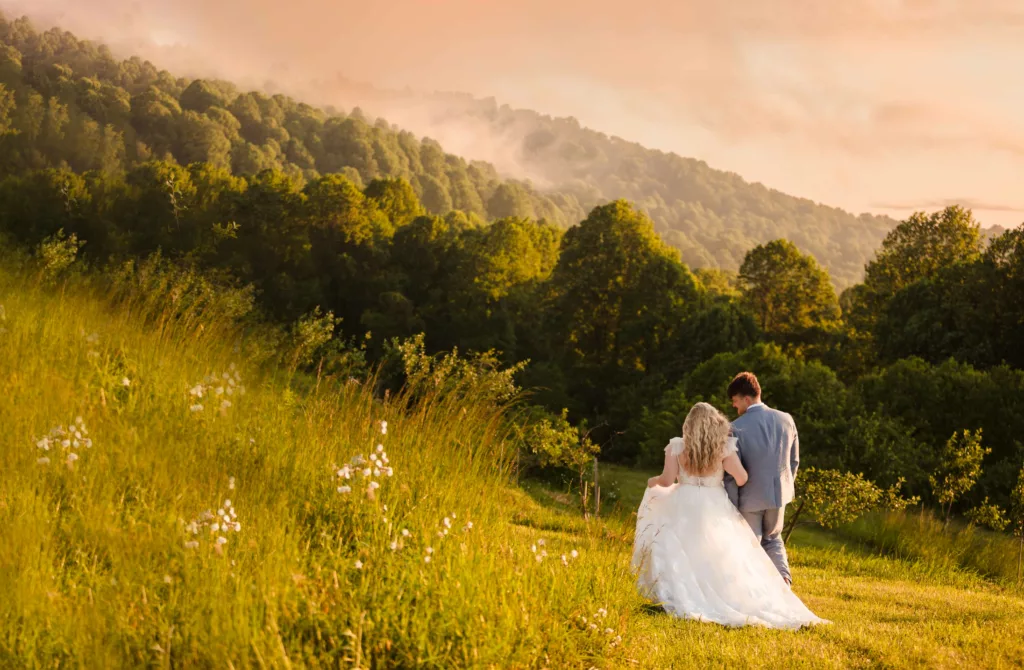
Planning a wedding with a few venues (including getting ready locations) can add extra layers of complexity to your big day. If you can, opt for as few locations as possible, it’s less stressful for you. There are many locations that offer a “one-stop shop”.
Places like Castle Ladyhawke in Sylva, Chestnut Ridge in Canton and My Beloved Homewood in Asheville, give you the option of getting ready, wedding ceremony and reception venue in one.
One often overlooked aspect of multi-venue weddings is factoring in travel time between locations and traffic! You will be paying your photographer to sit in the car and drive….perhaps not the best use of their time and your dollars?
Whether you’re hosting your ceremony in a quaint chapel like Pretty Place, then moving to a scenic outdoor location for photos, and finally dancing the night away at a reception hall, coordinating logistics is key to ensuring a seamless and stress-free experience.
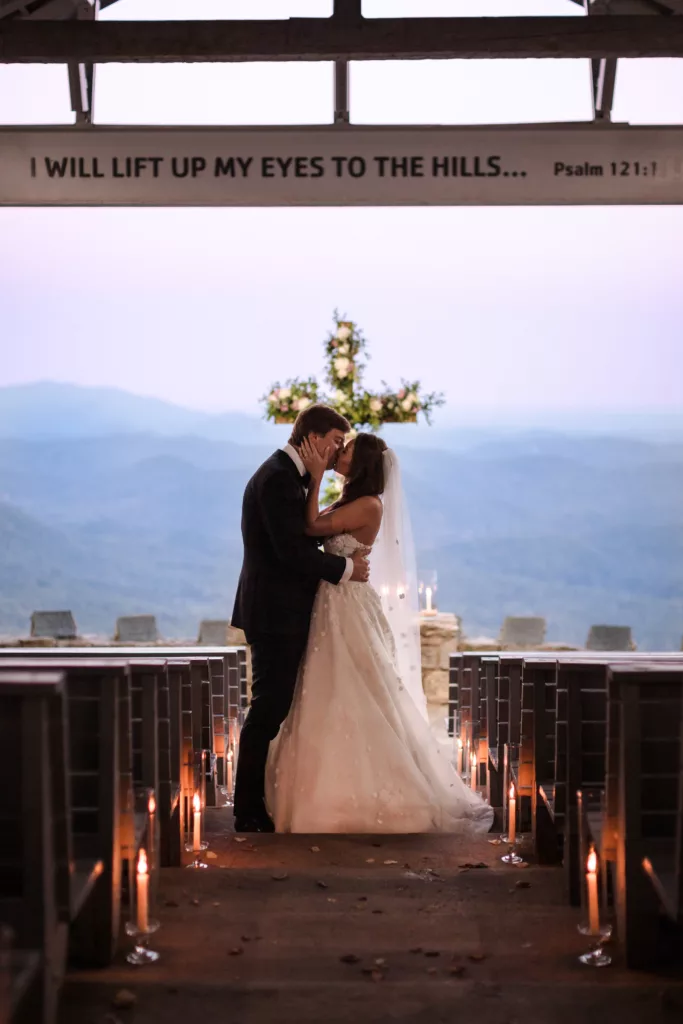
When choosing your wedding venue(s), consider their proximity to one another and the typical traffic patterns in the area. If there’s a significant distance between venues and/or if you’re getting married during peak traffic hours (or peak season in Asheville which is pretty much becoming all year), you’ll need to allocate extra time.
Buffer in extra time into your timeline, if there is at least one change of location. Also, you need to consider that just because the drive is 15 minutes, doesn’t mean the photographer can do it in 15. They will need to pack and unpack their gear safely at either end, look fot parking, possibly have to pay for a parking ticket etc… in other words, extra time at each end is needed of at least 10 minutes.
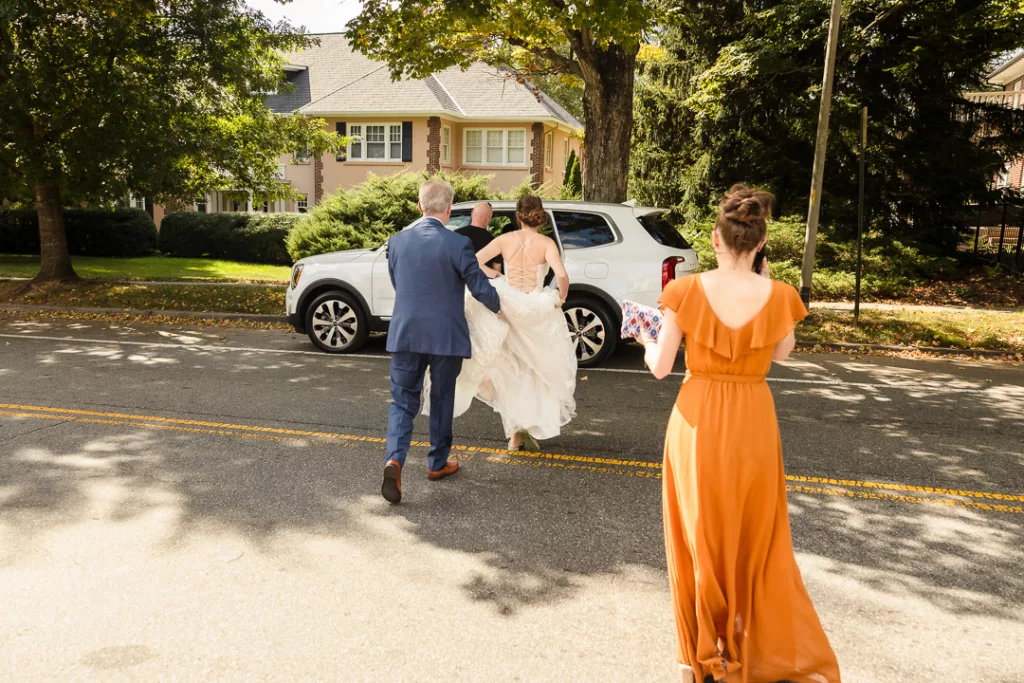
There have been times when I have been driving with my camera placed tentatively in the car (or on my lap) and it’s not fun and very stressful! This has happened when timelines have gone awry and I wasn’t knowledgable enough in the early days to say “We need more hours!”. Now, I have a great grasp of what we need vs. what a client might think that they can “get away with”.
Photographers don’t add in extra hours to make a small buck (well, I don’t!) but we do add in more hours knowing what obstacles we might face and wanting to give you fabulous wedding day coverage. The more venues that you have to take into account, the greater risk of facing a delay.
Let’s take an example here: Groom is getting ready at location A. The photographer spends one hour with the Groom and their gang.
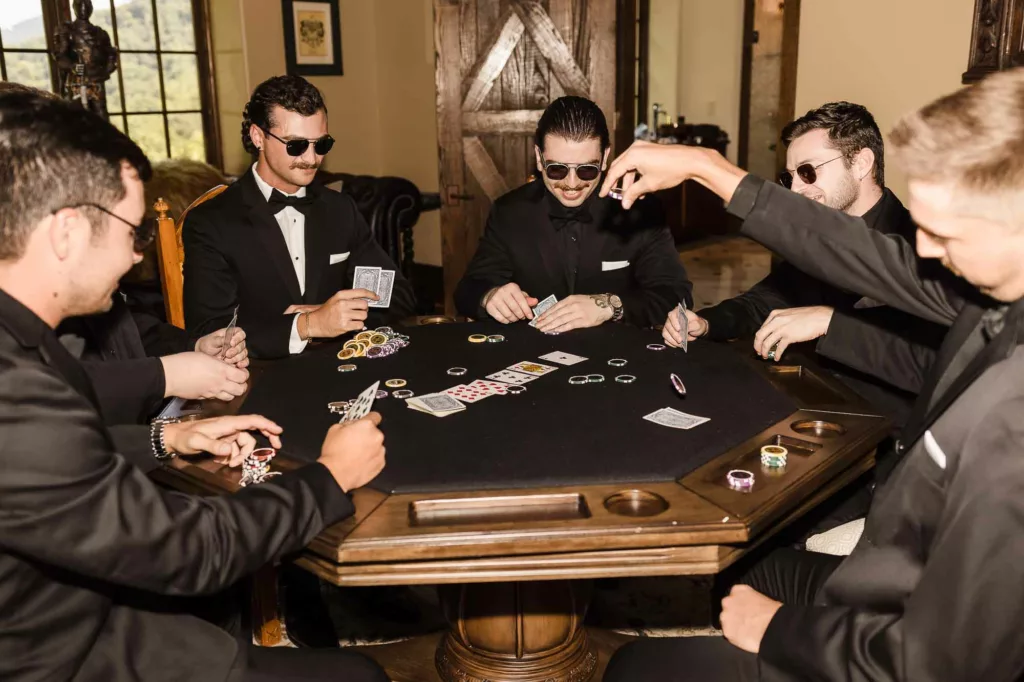
Bride is getting ready at location B, which is 15 minutes from location A. Photographer spends one hour with the Bride and their crew.
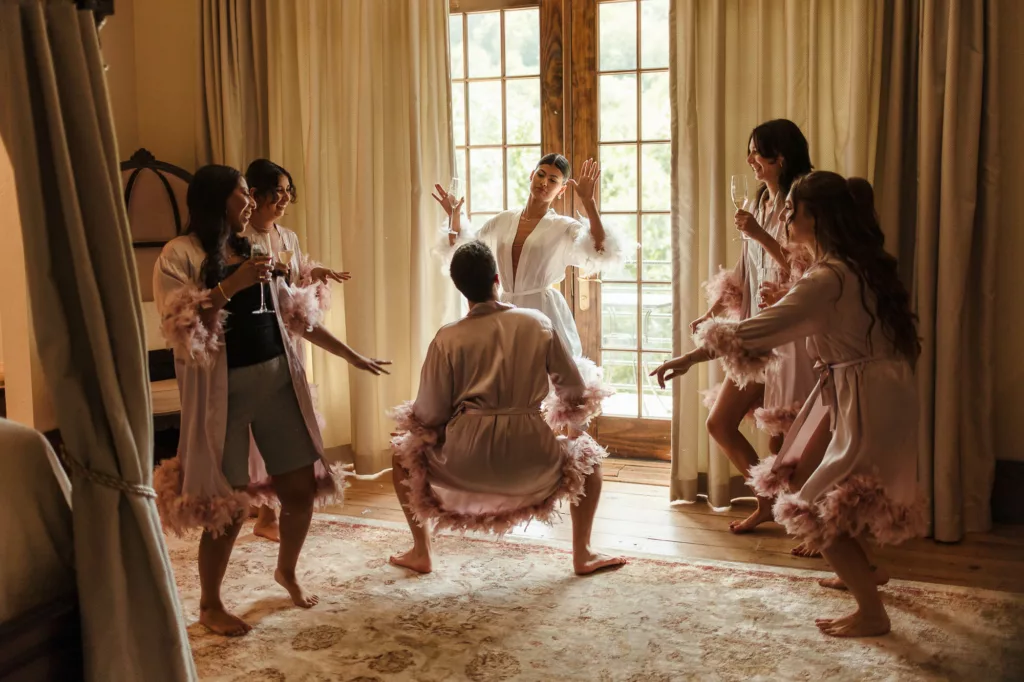
The first look is taking place (same place as ceremony) at location C (which is 20 minutes away from location B). The First Look will take place at 3 p.m.
So, working backwards from 3 p.m. you might think that you only need 2 hours and 35 minutes (one hour with both the Bride and the Groom plus relevant travel time) and we can start photography at 12.30 p.m. whereas in reality, you need to allow 3-3.5 hours. You see how the extra time sneaks up to bite you?! And that is without having any issues with traffic.
Typically, we allow 3 to 3.5 hours before the ceremony for “Details, Getting Ready, First Look and Bridal/Groom portraits”. That is with minimal traveling.
3 to 3.5 hours might seem like a lot of time but the early part of the day is one of the most exciting for you. It offers the chance to capture curated shots with the Bride & Groom but also to capture those all important candid memories. Looking for those precious snippets of happiness and sentimental times before you say your vows. It also helps to take the pressure off of the evening celebrations and ensures that you receive those cherished photos of just the two of you.
Now let’s go over the First Look and the Ceremony. If the First Look is taking place at 3 p.m., then we (the photographers) need to arrive by 2.45 p.m. latest. We scout the location, find the best light and then position the Groom before bringing in the Bride. There is planning that needs to go into finding you the sweet spot on the day. All best laid plans can go asunder if the weather plays up!
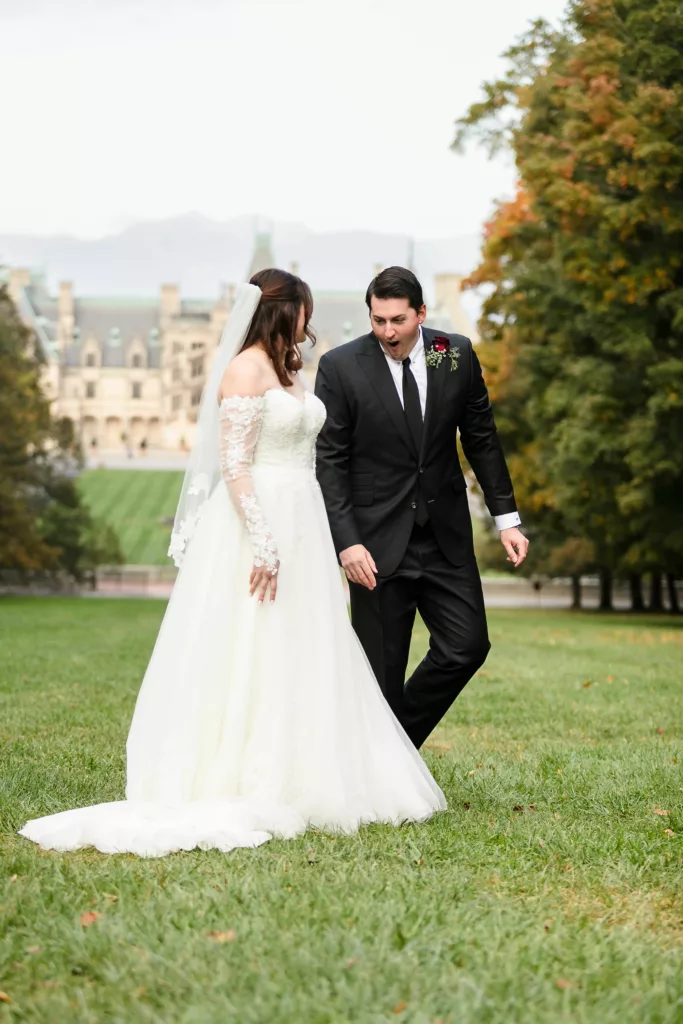
After the First Look (allow 15 minutes), we hide the Bride away. From 3.20 p.m. through to 4 p.m. (ceremony time), we take venue shots, candids of guests arriving and final Bride shots (if time allows). Most ceremonies take no longer than 30 minutes and after that we take Family Formals. We like to take no more than 30 minutes on Family Formals so that we can get you to your party!
From 4.30 p.m. to 5 p.m. we will photograph what is left of cocktail hour. Then the evening celebrations and dinner commences! Coverage varies from 3.5 to 5 hours, to include dinner/speeches/first dance/cake cutting/sunset shots, dancing and exit.
So, there you have it…if you have a ceremony time of 4 pm and you want coverage all of the way through to your final exit at 10 p.m. then you are looking at the photography team starting between 12.30 p.m. and 1 p.m. and your photography timeline is 9.5-10 hours of coverage. The number of hours can be reduced if you are only booking one venue, or you’re having a smaller wedding.
If you wanted to cut back on hours, we would recommend that you cut back on the final part of the night and even create a “faux/staged exit” with your closest friends & family, rather than at the beginning part of the day.
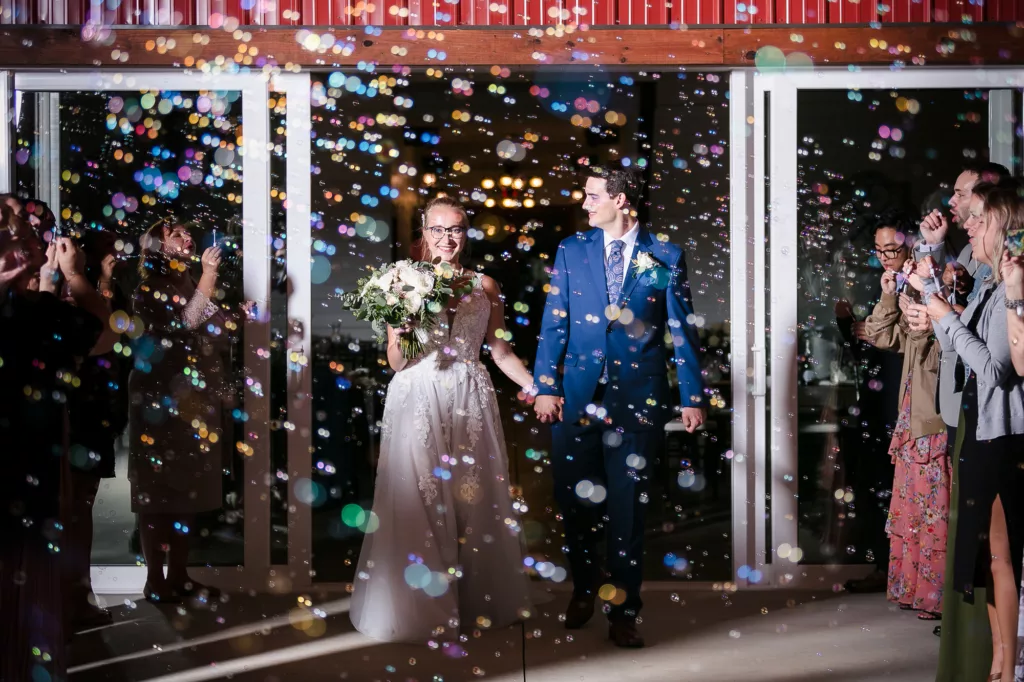
At the end of the day (pardon the pun), you might be looking at an additional cost of a few hundred dollars to keep the team around for 2 more hours. What is important to consider here is, is it worth creating a budget that allows for another 1-2 hours to have your entire day covered? Only you can decide that.
We never pressurize clients to take more hours but we do possess the knowledge of what makes a great timeline and one that will provide you with the best photos of your day.
In conclusion
Photography is not just about snapping a few pictures; it’s about capturing the emotion of every moment, ensuring you have a comprehensive collection of memories to look back on for years to come. So, getting the right number of hours is key!
When it comes to booking your wedding photographer, remember that time is of the essence. Opting for a minimum of 8 hours of coverage ensures that every moment of your special day is captured beautifully, allowing you to relive those cherished memories for years to come. So, trust in the expertise of your photographer and give them the time they need to work their magic – you won’t regret it when you’re flipping through your wedding album and reminiscing about the happiest day of your life.
If you’re interested in reading more about photography styles, check out this blog.
Cheers,
Tasha
